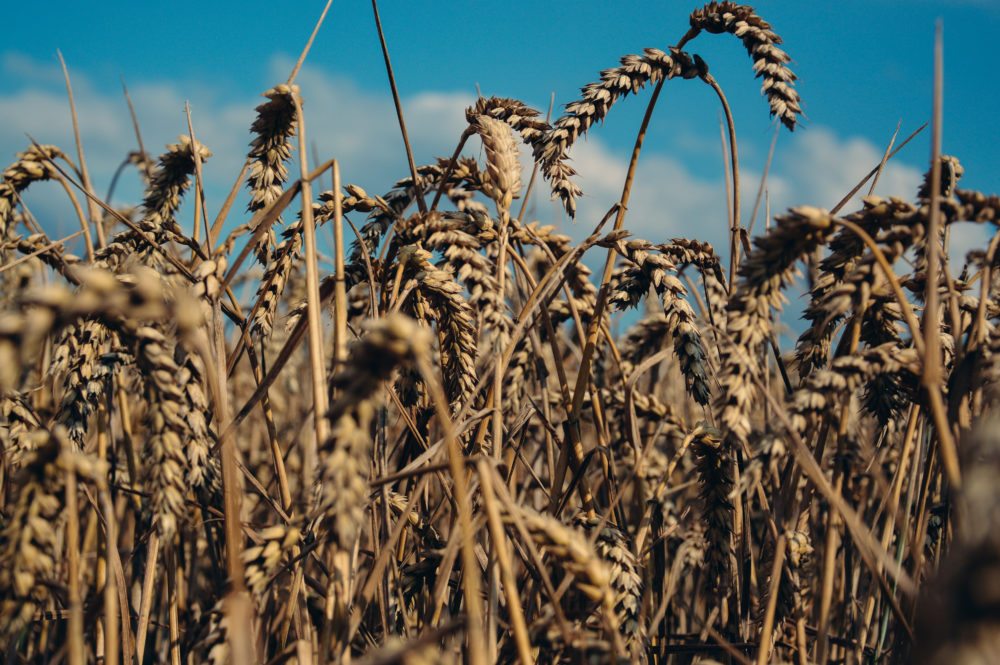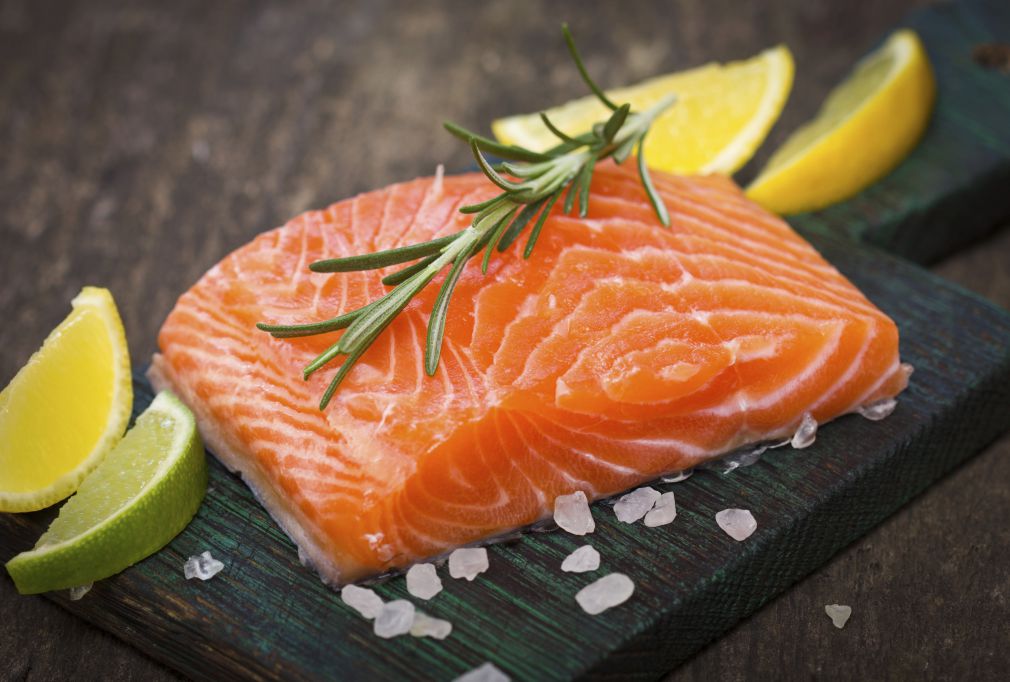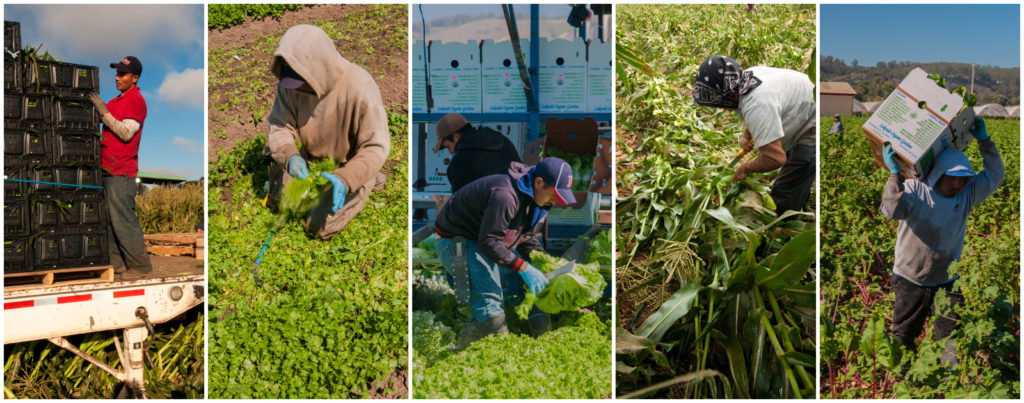In March of 2009 the United Nations predicted that the planet will be home to 9 billion people by 2050, most of them in developing countries. A second, related prediction followed just six months later: in order to feed all 9 billion, the world’s farms will have to double production, and fast.
Since then, “feeding the 9 billion” has become an international rallying cry—one that’s inspired foraging and food waste reduction, sure, but is invoked just as often to justify intensive farming methods. Are you uncomfortable with agricultural practices that squander resources, overuse chemicals, decrease biodiversity, harm workers, or commoditize animals? Well, you better get on board, the logic goes, or people are going to go hungry.
 Environmental Working Group
Environmental Working Group “Every time we raise questions about environmental harm caused by industrial agriculture in the United States or we propose reforms to farm subsidies or crop insurance, we’re immediately countered by the statement that, well, U.S. farmers have to double production to feed the world,” Craig Cox, senior vice president for agriculture and natural resources at the Environmental Working Group explains.
Of course, the idea that increased production is the answer to world hunger is not beyond reproach. Some studies say we already produce enough to feed ten billion people, and food movement advocates argue that hunger is mostly caused by waste and economic inequality, not a lack of food. A new study from the EWG, published today, provides some reinforcement for that claim, challenging the 9 billion narrative from a new angle. Who, the study asks, is actually eating all that industrially-produced food?
The researchers traced the top 25 most exported products in the U.S., and the results are not exactly consonant with the logic that “malnourished countries will starve without American farmers.” Exports aren’t going to countries that really struggle with food insecurity. They’re going to the wealthiest, most developed countries in the world, including Canada, China, Mexico, Japan, and the European Union. Meanwhile, the 19 “hungriest” countries receive only 0.5 percent of what the U.S. exports.
“Exports from the U.S. have nothing to do with solving world hunger but have everything to do with taking advantage of a business opportunity to sell our products to a growing middle class,” Cox says.
The report’s overarching findings are outlined at length in this article by Mother Jones’ Tom Philpott and here by Krista Holobar at Civil Eats. And Grist’s Nathanael Johnson tweeted a valid criticism of the report, one the study also acknowledges: that U.S. exports lower food prices globally, creating a ripple effect that puts more food within reach for more people.
But there were also two important, if more subtle findings to point out.
 Environmental Working Group
Environmental Working Group Clockwise from 40 percent: Animal feed; food grains; fruits, vegetables and nuts; meat and dairy; other
First, animals and animal feed comprise a huge proportion of our ag exports. The majority of what’s being shipped abroad is not wheat and vegetables for human consumption. Animal feed—primarily corn and soybeans—makes up the biggest piece of the pie, at forty percent of the total value of the top 25 exports. “We are basically helping a growing middle class eat more meat,” Cox explains. “A lot of our soybeans go to China, where they’re feeding them to pigs.”
Second, U.S. food aid is a really, really tiny portion of the food supply. “I went into it thinking that [food aid] was going to be a significant portion of these countries’ food—especially countries like Haiti, where we know a lot of food aid is going there—and that’s why we ended up factoring it in,” says researcher Anne Weir Schechinger, senior economics analyst at EWG. And though emergency food aid to countries like Haiti does fluctuate (17 percent in 2013, according to the study), on average, U.S. food aid actually comprised only 1.1 percent of the total food supply in “hungry” countries, as defined by the study.
It’s too soon to say what the impact of this study will be, or how it will affect the “feed the 9 billion” sound bites we’ve gotten so used to hearing. But regardless of how you feel about the report’s conclusions, one thing is clear: when we talk about feeding the world, the details matter.











